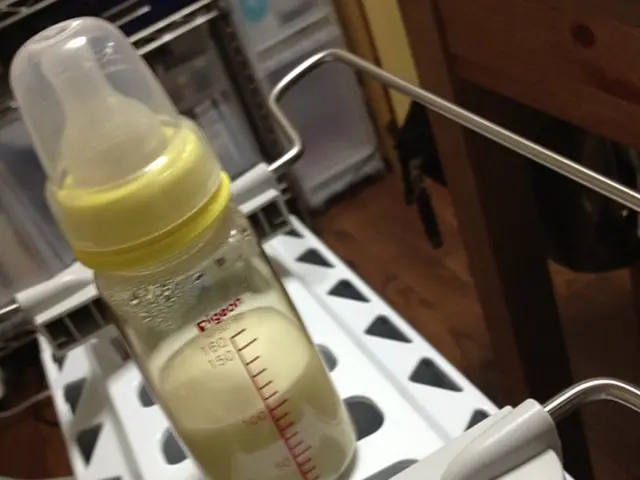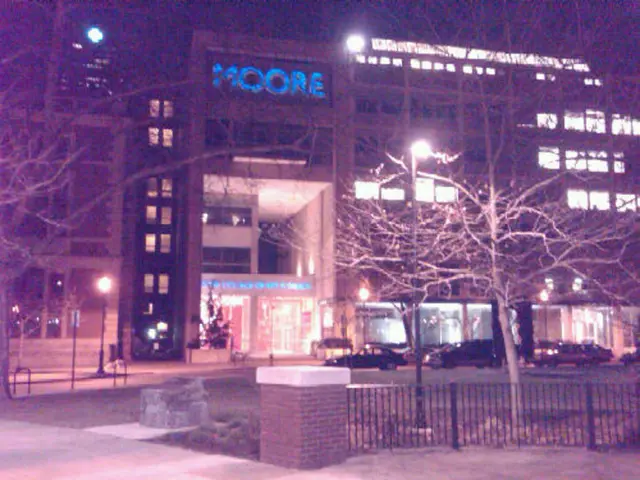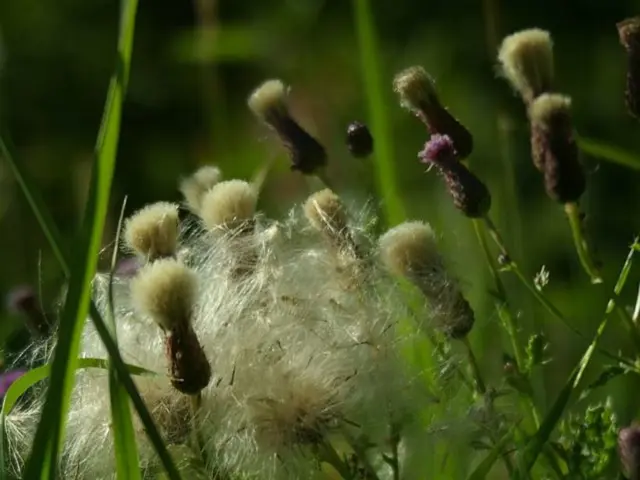North Carolina's Enigmatic Purple Honey Poses a Tasty Puzzle
Take a Peek at North Carolina's Mysterious Purple Honey
Nestled in the rolling hills and sandy soils of the North Carolina Sandhills, you'll find a hidden gem - a unique ecosystem brimming with biodiversity and, if you're lucky, some violet-hued honey. Matt Lawrence, proprietor of Hawfields Honey House in Mebane, North Carolina, has seen this rare delight firsthand.
The Enigmatic Nature of Purple Honey
Sporting a distinctive purple color, purple honey is as elusive as it is alluring. It's reported to have a subtle, almost unexplainable taste, leaving one to wonder if the purple hue may trick the senses. Matt describes it as a "slight purple taste," adding to the intrigue.
A Hidden Treasure
The Sandhills region is the world's only known producer of the mysterious purple honey, albeit sporadically. David R. Tarpy, a professor and extension apiculturist in the Department of Applied Ecology at North Carolina State University, explains that it's rare within the region.
Mystery Unveiled?
Despite the fascination surrounding purple honey, there's no agreed-upon explanation for its coloration. Several theories have been proposed, including environmental factors and the Titi plant. However, no definitive cause has been confirmed.
Environmental Factors at Play?
In the past, NC State investigations hinted at a combination of factors: bees feasting on sourwood tree nectar in soil with high aluminum levels under drought conditions. Yet, this hypothesis remains unproven.
Titi Plant - A Suspect

Some locals swear by the Titi plant, scientifically known as Cyrilla racemiflora. The shrub is thought to be linked to blue honey and blue brood, a phenomenon where honey bee larvae display a blue or purple streak inside their translucent gut.
Kudzu Flowers - A Possible Connection?
Because kudzu flowers are purple, many suppose their nectar may contribute to purple honey. However, there's no definitive link between the flower and this uncommon honey.
Summer Fruits - A Long Shot?
As the heat of summer arrives, bees sometimes turn to collecting sugar from fruits such as elderberries and huckleberries. Yet, this theory has never been substantiated.
Human Food Sources - Another Intriguing Idea
Occasionally, bees may collect human-discarded sugar sources, such as soda from trash cans. However, the exclusive purple hue of the prized honey remains unexplained by this hypothesis.
How Elusive Is It?
Local beekeepers report finding purple honey one year but not the next. Matt Lawrence has "extracted thousands of frames of honey" and spotted it only once, seven years ago on a customer's property, while Aberdeen-based Dees Bees Apiary owner Donald Dees has encountered it a couple of times. Donald describes finding purple honey as a treasure, likening it to "a little gold nugget or a little piece of jewelry".
Unveiling the Charm of North Carolina's 20 Hidden Gems
- The mysterious purple honey, found predominantly in North Carolina Sandhills, is a unique food-and-drink delight from Southern Living, adding a sweetener to the region's home-and-garden appeal.
- Despite its allure, the exact cause of purple honey's coloration remains a mystery within the food-and-drink world, with theories ranging from the Titi plant to kudzu flowers and environmental factors.
- Intriguingly, global cuisines may play a role in the formation of this uncommon honey, as bees collect discarded human food sources such as sweeteners from soda cans.
- The pursuit for purple honey offers an enchanting travel experience, as local beekeepers such as Matt Lawrence and Donald Dees collect this elusive honey, making it a lifestyle highlight and a hidden treasure.
- North Carolina State University's Department of Applied Ecology continues to investigate the mystery behind purple honey, with research to improve our understanding of cooking methods and biodiversity within food and recipes, ensuring the legacy of this sweet marvel lives on.








